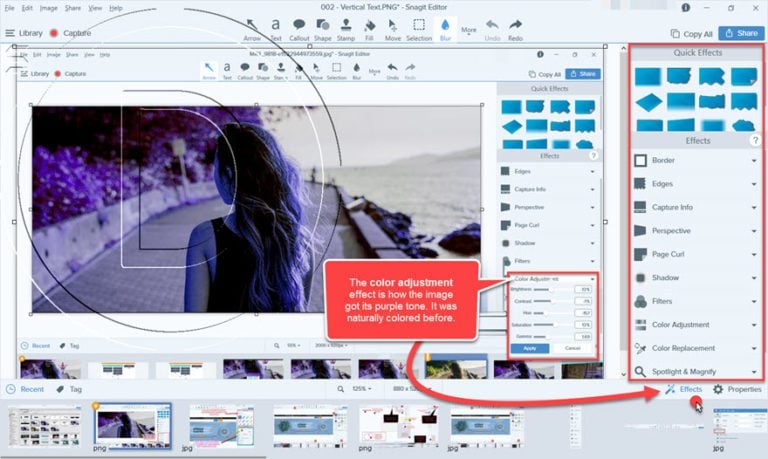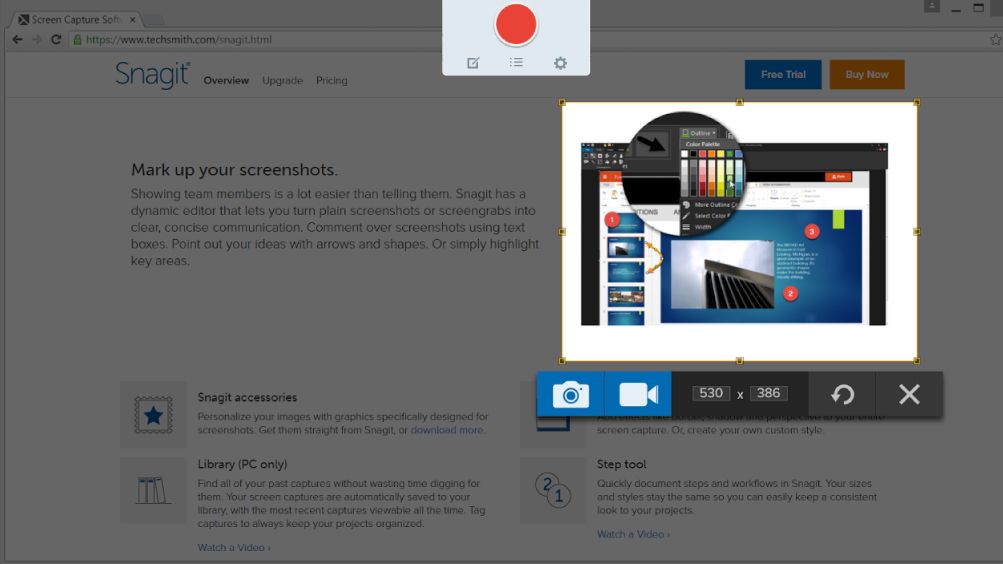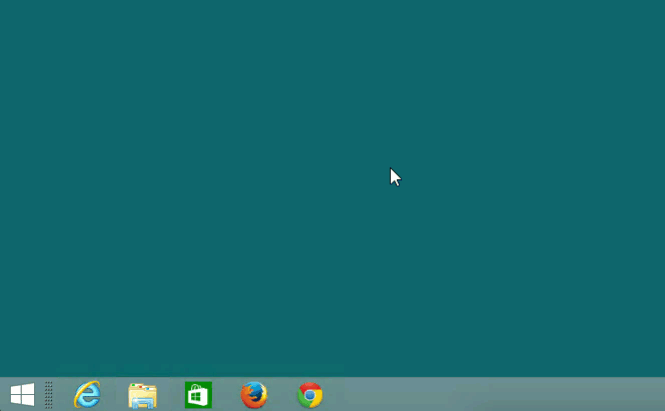

With blockchain, we can imagine a world in which contracts are embedded in digital code and stored in transparent, shared databases, where they are protected from deletion, tampering, and revision. So users can set up algorithms and rules that automatically trigger transactions between nodes. The digital nature of the ledger means that blockchain transactions can be tied to computational logic and in essence programmed. Various computational algorithms and approaches are deployed to ensure that the recording on the database is permanent, chronologically ordered, and available to all others on the network. Once a transaction is entered in the database and the accounts are updated, the records cannot be altered, because they’re linked to every transaction record that came before them (hence the term “chain”). Transactions occur between blockchain addresses. Users can choose to remain anonymous or provide proof of their identity to others. Each node, or user, on a blockchain has a unique 30-plus-character alphanumeric address that identifies it. Transparency with PseudonymityĮvery transaction and its associated value are visible to anyone with access to the system. Each node stores and forwards information to all other nodes. Peer-to-Peer TransmissionĬommunication occurs directly between peers instead of through a central node. Every party can verify the records of its transaction partners directly, without an intermediary. No single party controls the data or the information. Distributed DatabaseĮach party on a blockchain has access to the entire database and its complete history. Here are five basic principles underlying the technology. The ledger itself can also be programmed to trigger transactions automatically. The technology at the heart of bitcoin and other virtual currencies, blockchain is an open, distributed ledger that can record transactions between two parties efficiently and in a verifiable and permanent way. In a digital world, the way we regulate and maintain administrative control has to change.īlockchain promises to solve this problem.

They’re like a rush-hour gridlock trapping a Formula 1 race car. And yet these critical tools and the bureaucracies formed to manage them have not kept up with the economy’s digital transformation. They govern interactions among nations, organizations, communities, and individuals. They establish and verify identities and chronicle events. They protect assets and set organizational boundaries. And our support staff is ready to help as well.Contracts, transactions, and the records of them are among the defining structures in our economic, legal, and political systems. Thank you!! As always, let us know if you have problem or feedback.

Recently used fonts in your OS show at the top of the list in Snagit Editor.Drag images and videos from the tray into your OS as a png or mp4.Other bugs and added other workflow improvements. Keep a look out for banners in Snagit Editor for helpful tips).Drag objects around in Snagit Editor and they will snap to align with other objects or the canvas itself.
How to download snagit 18 again windows#
Snapping on the Canvas - macOS only for now, coming soon to Windows T his was the number one thing you all asked for.Choose to capture text on your screen or find and copy text after capture from the whole image or select an area in the image to get specific text.Do more than just move text around in your capture and choose to edit it directly.Communicate changes, suggestions, or give feedback by swiftly editing your captures.Keep your image content up to date when UIs and the underlying technology changes. Quickly move text or move objects around in images that you have captured.Here are some of the new headline features: And we're committed to continuing to improve Snagit with your help. We've addressed 6 of the top 10 requests from that round of voting. We want to thank this community for participating in our betas and feedback request round ups. We've got a new release of Snagit to share with you: TechSmith Snagit 2018.


 0 kommentar(er)
0 kommentar(er)
